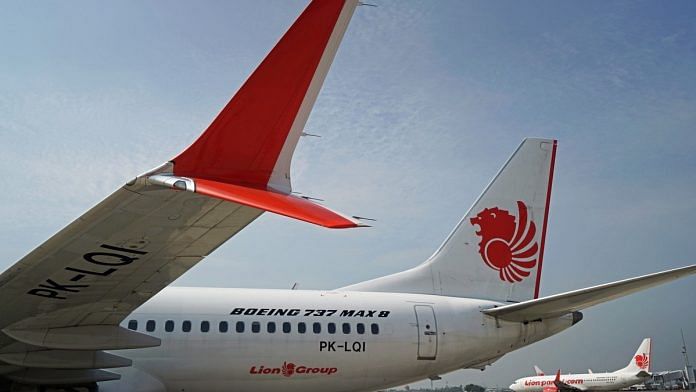In the wake of the October crash involving a Lion Air Boeing 737 Max jet in Indonesia, Boeing Co. sent out a bulletin reminding pilots how to counteract an un-commanded descent.
The implication was that even if the passenger jet’s so-called MCAS anti-stall software malfunctions due to erroneous data and pushes the nose down, the crew should still be able to save the plane — as happened on an earlier Lion Air flight.
“The 737 Max is as safe as any airplane that has ever flown the skies,” Boeing swiftly concluded.
Lion Air was furious that the manufacturer appeared to be casting doubt on its safety culture, but for everyone else it sent a comforting message: Perhaps Boeing was right about the 737 Max.
So when a second 737 Max aircraft crashed last month in similar circumstances in Ethiopia, there was puzzlement: Surely the pilot must have known about MCAS and how to switch it off. So why hadn’t he?
On Wednesday, the Wall Street Journal provided an initial answer to that question, and it’s not a reassuring one for Boeing, its investors and customers.
The Ethiopian Airlines pilot did manage to disable MCAS, at least temporarily, but was still unable to get the aircraft to climb again, the newspaper reported, citing people familiar with the crash investigation’s preliminary findings.
If that is correct, then Boeing and the U.S. regulators may have provided insufficient advice to pilots in their initial bulletin and were too hasty in pronouncing the aircraft safe. It would also increase the likelihood the manufacturer could be sued for damages. Before the Journal report, Bloomberg Intelligence put those costs at an estimated $1 billion.
The report could also sow doubt about whether the software and sensor fixes that Boeing is proposing are sufficient and thus prolong the period that the 737 Max will remain grounded. Customers like TUI AG are already preparing for the possibility they may not be able to fly the jet again for several months.
To be clear, there are other details in the Journal’s report that require further clarification. We don’t know why the crew couldn’t get the aircraft to climb. The MCAS eventually reactivated again, which forced the nose down even more. Again, it’s not clear why this happened. The Journal says the pilots switched it on, but a separate Reuters report says this may not have been intentional.
Ethiopia’s regulator is expected to release its initial report on the crash in coming days. Its counterparts in Canada, China, Europe and elsewhere were already expected scrutinize the findings, and Boeing’s proposed fixes, extremely carefully. Together with the families of the 346 crash victims, they will now be watching like hawks.- Bloomberg
Also read: How airplane crash investigations work, an aviation safety expert explains



